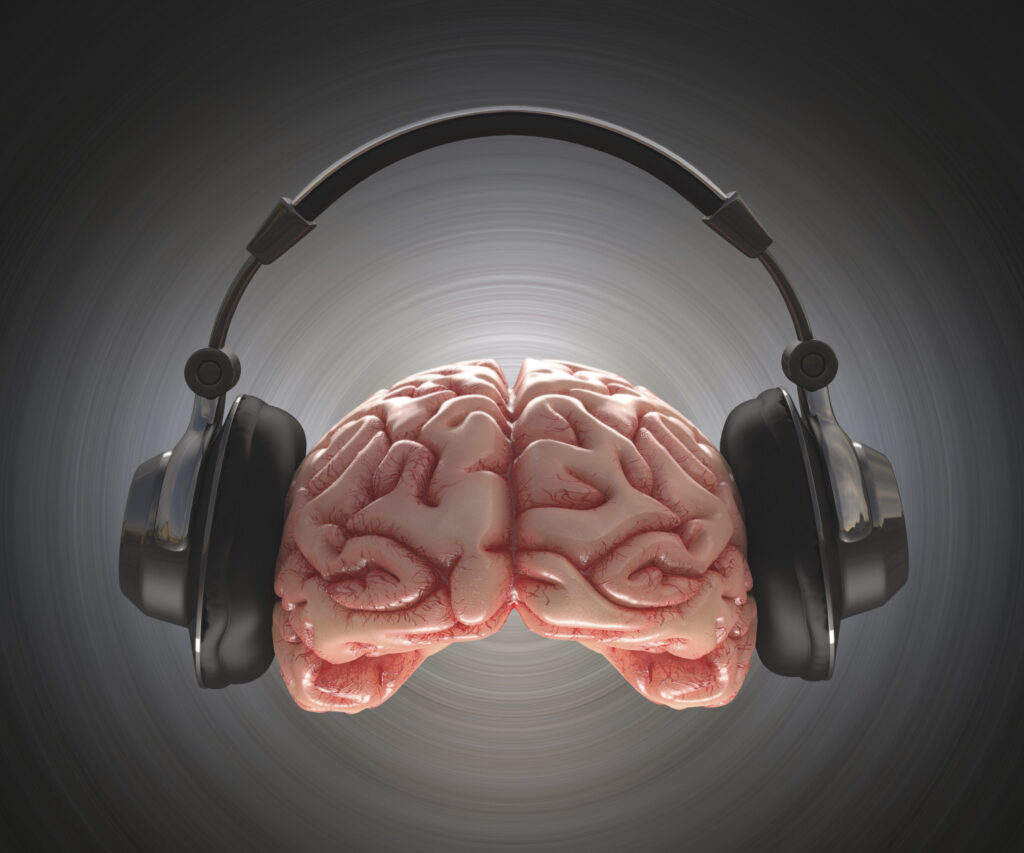
Music has been an integral part of our lives from the very beginning. From the soothing lullabies our mothers sang to us, like “Chanda hai tu, mera suraj hai tu,” that gently put us to sleep, to the songs we choose ourselves as we grow up—like “Tum Se Hi” when we fall in love or “Choo Lo” when our hearts ache. Music isn’t just something that makes us feel good; it deeply affects our brains. Just as upbeat songs motivate gym-goers to exercise harder, music can also significantly aid in healing, especially in physiotherapy sessions
Music isn’t just about feeling good—it has tangible effects on our bodies. When we listen to music, especially during challenging moments like physiotherapy sessions, our bodies respond by releasing endorphins, natural painkillers, and dopamine. These chemicals not only boost our mood but also enhance motivation, helping us push through discomfort and pain more effectively.
At clinics such as Roshni’s Physio, I’ve personally seen how music can profoundly affect patients. Viyaan, a young child with delayed milestones, comes alive and participates more actively in his therapy sessions when music is introduced. His experience highlights the transformative power of tailored music choices, turning what could be a challenging session into a joyful and effective one. It was witnessing moments like these that inspired the idea for this blog. Similarly, at my college’s OPD and the clinic I visit, I’ve observed patients who wait for music to begin before starting exercises. One elderly patient, for instance, begins his routine only when Kishore Da’s music starts playing. Music also aids sensory integration, particularly for patients with autism. Therapists tailor rhythms and melodies to help these patients process sensory information better.
Beyond physical recovery, music therapy enhances cognitive function and supports emotional and psychological healing. It stimulates various regions of the brain, improving memory, attention, and problem-solving skills. This therapeutic approach is particularly effective for individuals with neurological conditions, offering them a path to not just recovery but also to resilience and improved quality of life.
In addition to its emotional and cognitive benefits, music aids sensory integration, especially for patients with autism. Therapists can tailor music to gradually introduce complex rhythms and melodies, helping patients process sensory information more effectively. Innovations like integrating virtual reality with music further enhance these therapeutic outcomes, promising both immediate and lasting wellness benefits in rehabilitation programs.
Sound healing, another facet of music therapy, harnesses vibrations and frequencies to promote physical, emotional, and spiritual well-being. Instruments like singing bowls and drums are used to resonate with the body’s natural frequencies, restoring balance and harmony within. This holistic approach creates a tranquil environment conducive to deep meditation and inner healing, supporting the body’s innate ability to heal itself.
In conclusion, music isn’t just background noise or entertainment—it’s a powerful tool for healing and well-being. Whether it’s alleviating physical pain, enhancing cognitive abilities, supporting emotional resilience, or fostering spiritual alignment, the therapeutic potential of music is vast and transformative. By integrating music into healthcare practices, we can unlock new pathways to healing and enrich the lives of patients in profound ways.
I’ll be back on your screens with exciting content in my next blog! Until then, keep that curiosity alive.
Regards,
Madhav
Leave a Reply